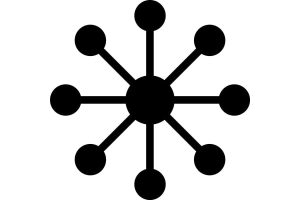Continual feedback is an essential component of student assessment that enhances academic success. It provides students with valuable insights into their progress and allows them to identify areas for improvement. By receiving frequent feedback, students can stay motivated, track their growth, and make necessary adjustments to their study habits and performance.
Feedback can come in various forms, including written comments on assignments, grades, verbal discussions with teachers, and peer evaluations. Regardless of the method, the key is to provide feedback consistently and promptly to maximize its impact on student learning.
One of the benefits of continual feedback is that it helps students stay on track with their academic goals. By receiving regular updates on their performance, students can monitor their progress and make necessary adjustments to their study habits and strategies. For example, if a student consistently receives low grades on math quizzes, they may realize that they need to spend more time practicing math problems or seek extra help from their teacher.
Furthermore, continual feedback can boost student motivation and engagement. When students receive positive feedback on their work, they are more likely to feel confident in their abilities and strive for even greater success. On the other hand, constructive feedback can help students recognize areas where they need to improve and can act as a catalyst for growth and development.
Additionally, continual feedback can facilitate communication between students and teachers. By regularly discussing feedback with their teachers, students can gain a deeper understanding of their strengths and weaknesses and can work collaboratively to devise strategies for improvement. This open dialogue can also help teachers understand the individual needs of each student and tailor their instruction accordingly.
Incorporating continual feedback into student assessment requires a proactive approach from both teachers and students. Teachers should prioritize providing timely and constructive feedback on assignments and assessments, while students should actively seek out feedback and reflect on their performance. By creating a feedback loop, students can benefit from ongoing support and guidance that will ultimately lead to academic success.
In conclusion, continual feedback is an essential tool for student assessment that can enhance academic success. By providing students with regular updates on their performance, feedback can help students stay motivated, track their progress, and make necessary adjustments to their study habits and strategies. By fostering communication between students and teachers, continual feedback can facilitate growth and development and ultimately lead to improved academic outcomes.



